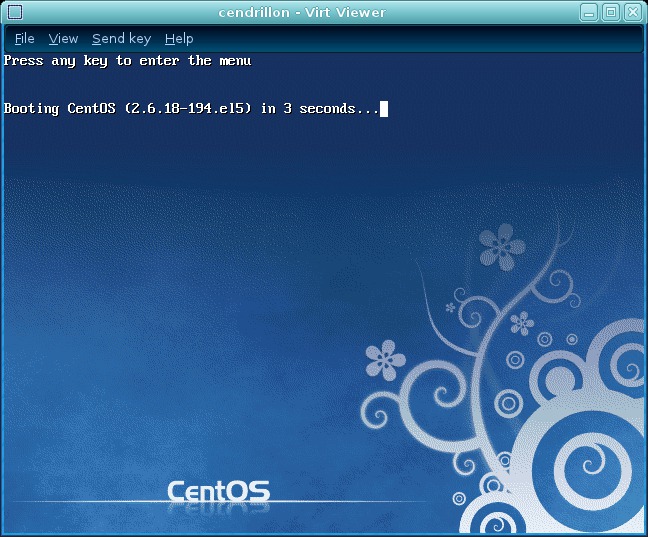Question: I need to write a Perl program which contains Linux distro-dependent code. For that, the Perl program needs to be able to automatically detect what Linux distribution (e.g., Ubuntu, CentOS, Debian, Fedora, etc) it is running on, and what version number it is. Package: Summary: Distribution: Download: perl-Module-Install-1.190.0-2.mga7.noarch.html: Standalone, extensible Perl module installer: Mageia Cauldron for i586. This is why if you run perl -v youn still see the old version the package you need to install need to be similar but without the src my guess is if you try to install newer perl version then some other package that depends of the perl will need to be update too be aware of that. Installing the vSphere SDK for Perl Package on Red Hat Enterprise Linux (No Internet Access) vCLI is supported on Red Hat Enterprise Linux 5.5 Server, 32 bit and 64 bit. It might issue a warning that the version of a module installed on your system does not match the version with which vCLI was tested. Re^2: Listing all of the perl modules installed by Anonymous Monk on Feb 01, 2013 at 14:07 UTC. Also, corelist can show you all core modules installed for any version of Perl 5 you care to ask about, for example: corelist -v 5.16.2. Installing Perl modules manually by resolving all the dependencies is tedious and annoying process. Installing Perl modules using CPAN is a better solution, as it resolves all the dependencies automatically. In this article, let us review how to install Perl modules on Linux using both manual and CPAN method.
- Install Perl Module On Redhat Linux Versions
- Install Perl Module Ubuntu
- Manually Install Perl Module
- Learn Chef Basics On Red Hat Linux
In this we will see how to install PERL modules in Linux/Unix. Some times it is required to enhance a program capabilities by including a piece of code. Instead of we writing a code we can check if any modules are available at cpan.org which can be downloaded for free of cost. We can even install a module manually too. In this post we will see how to install a module in both ways.
Make sure that CPAN command is installed in your machine and configured. For steps click here.
Once you configure cpan command we can use it by just typing cpan at the command prompt.
Output:
or direct cpan install command as shown below.

Output:
From the above it is conformed the module got installed successfully.
Step1: Download your module from cpan.org site to your desired directory(say it /tmp/perl/modules)
Output:
Step 2: Unzipping and untar the module which we downloaded.
Output:
Install Perl Module On Redhat Linux Versions
Step 3: Installing a module by using perl command
Output
Install Perl Module Ubuntu
Step 5: Now run make, make test and make install commands.
Note: It is advisable to install a module through cpan command as it resolves dependencies. Where as this manual process will have dependencies issues. This is similar to rpm and yum commands.
The following two tabs change content below.Manually Install Perl Module
Learn Chef Basics On Red Hat Linux
- FREE: JOIN OUR DEVOPS TELEGRAM GROUPS - August 2, 2019
- Review: Whizlabs Practice Tests for AWS Certified Solutions Architect Professional (CSAP) - August 27, 2018
- How to use ohai/chef-shell to get node attributes - July 19, 2018
- wget download a file to a directory in Linux/Unix - June 4, 2018
- GIT: How to compare two GIT branches? - June 3, 2018